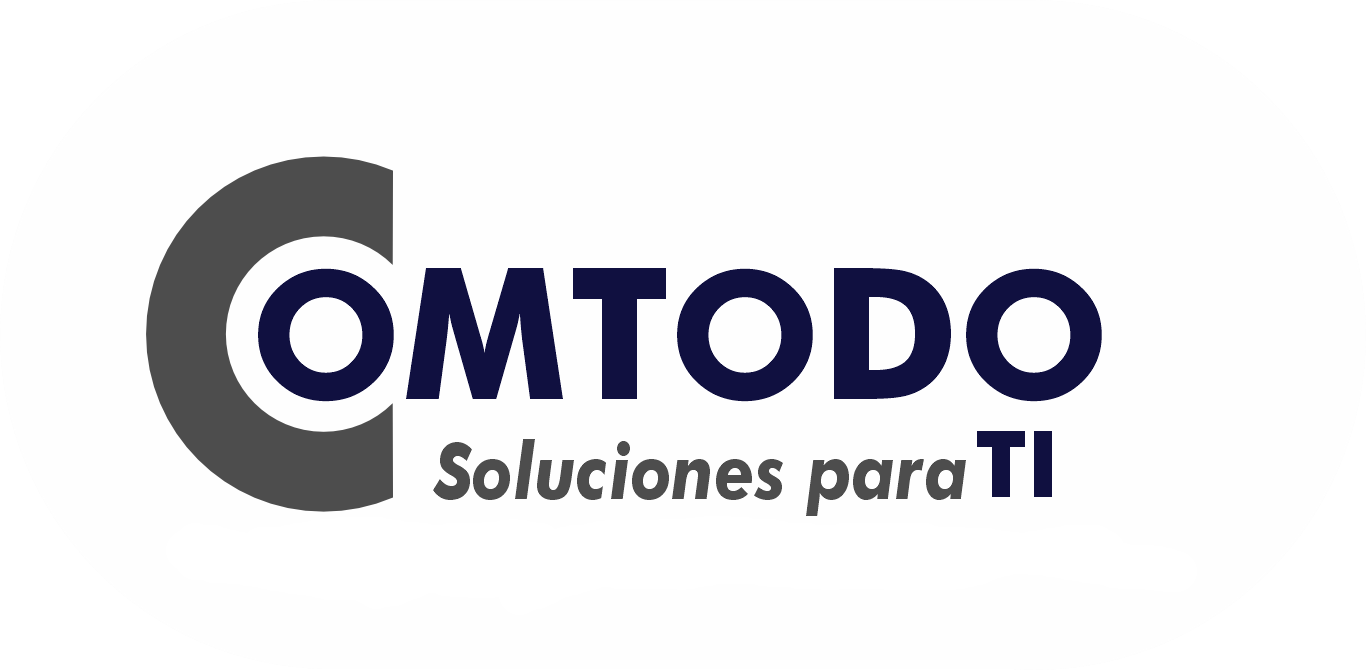Avoid the disaster of losing your data

A major loss of data can cause the end of your business However, many people still do not take a backup.
60% of small businesses that lose their data will shut down completely in just six months.
Is your business ready?
Equip yourself properly with the best survival tips and tools.
Studies show that even the majority of companies (82%) experience unexpected downtime that costs them an average of $ 21.8 million a year. The good news is that you can avoid downtime and data loss.
Create your backups now.
The best option is to create your backup copies in three different places ; on two different forms of media, with one stored off-site.
A single data center is much more vulnerable than if your data is backed up in multiple places.
Similarly, it won’t help to have all your backup data stored in your office building.
To be safe, keep your original data and multiple backups. current at all times and store one off-site, as far away as possible.
For added protection, store it in a weatherproof place. and fireproof safe in another geographic location.

Backup hardware.
Backup software

A managed service provider.
Another tool you need in your survival kit is a partner to help you manage it all .
A managed service provider (MSP) Trusted can protect against potential threats, keep your data safe, and lead the charge when disaster strikes, helping to restore critical data and services before your business is affected.
If you are recovering from a hardware failure that resulted in total data loss or if you need to restore specific application settings lost due to corrupted software, your MSP can restore business applications quickly, so you can get back to work. In all companies, IT is responsible for overseeing backup and recovery functions. But by outsourcing some of this data protection responsibilities to a MSP expert, you can save both time and money, and gain peace of mind
Cloud services
When zombies, floods, hurricanes or other catastrophes wipe out your office, you’ll be glad you backed up your data off-site.
Backing everything up to the cloud ensures you’re always safe, no matter what.
What is cloud disaster recovery? Simply put, cloud disaster recovery is a way to store and maintain copies of electronic data in a cloud storage environment to keep it safe. This way, if your system fails, you can easily recover your business mission critical data.

Why trust the cloud?
Some of the top benefits of managed cloud services include:
- Business continuity while recovering from a local failure.
- Lower upfront costs.
- More time to prepare.
To be prepared
A system crash or data loss may have catastrophic consequences on your business. To make sure you don’t get left in the dark, prepare yourself. Choose backup hardware, software, a managed service provider, and cloud storage to make sure your data is protected – no matter what or where the disaster occurs.
Also, don’t forget to test your local and remote backups to make sure that the data that is in the storage is usable.
You may not be able to predict the next tornado, but, You can make sure your data survives!





